1. Outcomes
1.1. Improved access and user experience
1.2. Improved safety and security
1.3. Reduced impact on the environment and public health caused by emissions, land use, and/or congestion
2. Goals / Objectives
2.1. End-User Goals
2.1.1. Relationship-building opportunities with industry and urban leaders – increases visibility of innovation through the review process, mentoring opportunities and a chance to pitch your technology to a live audience and panel of industry experts
2.1.2. Demonstration deployment – technologies vetted by experts in real-world settings
2.1.3. Accelerated commercialization timeline – provides proof-of-concept metrics to share that can help to fast-track technology commercialization
2.2. Objectives
2.2.1. Validity of Innovation: The Entry is technologically-sound, implementable, and meets one of the identified needs in a unique, innovative way.
2.2.2. Qualifications of Applicant(s): The level of related existing expertise and experience from applicant.
2.2.3. Competitive advantage: Technologies that add clear and quantifiable value to compete in their market.
2.2.4. Scalability: The innovation’s ease of manufacturing and opportunity for commercialization.
3. Best Projects
3.1. The most compelling solutions will be supported by measurable metrics and address data analytics and plans for information sharing
3.1.1. Metrics
3.1.2. Address data analytics and information sharing Open application programming interface (API) capabilities
3.2. Tie to sponsors
3.2.1. DTE
3.2.1.1. Regulated and non-regulated energy services for over 150 years 2.2 million electric customers and 1.3 million gas customers in Michigan More than 10,000 employees nationwide Headquarters in downtown Detroit Transformational force in the city of Detroit and larger region
3.2.1.2. Goal: deliver an affordable, resilient, reliable, flexible, secure and sustainable supply of energy Energy efficiency Demand response Vehicle electrification Intelligent integration of distributed resources Energy storage Renewal of the City of Detroit
3.3. Benefits
3.3.1. Entrapraners
3.3.1.1. Build opportunities with industry and urban leaders Demonstrate technology in a real-world setting Shorten commercialization timeline with proof-ofconcept metrics
3.3.2. Industry
3.3.2.1. Fast-track strategic partnership opportunities by integrating tech solutions into products/infrastructure in a real-world setting Accelerate market adoption Lead efforts to advance smart city technology solutions & concepts
3.3.3. Cities & Citizens
3.3.3.1. Improve access and user experience Improve safety and security Reduce impact on the environment and public health caused by emissions, land use, and/or congestion
